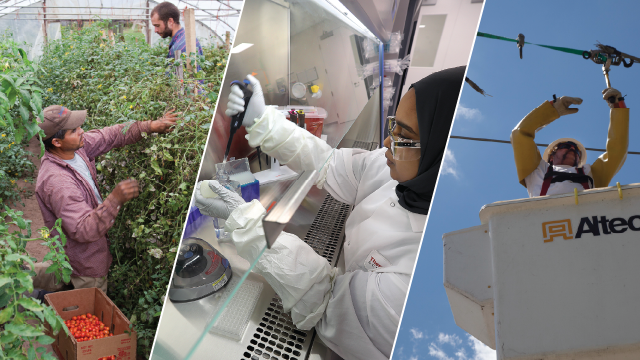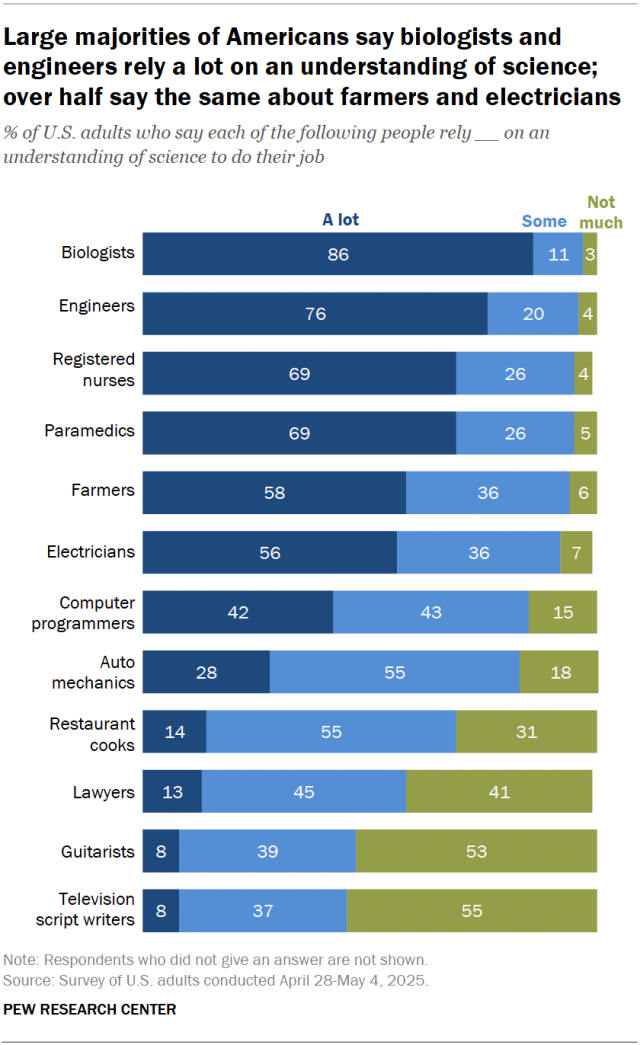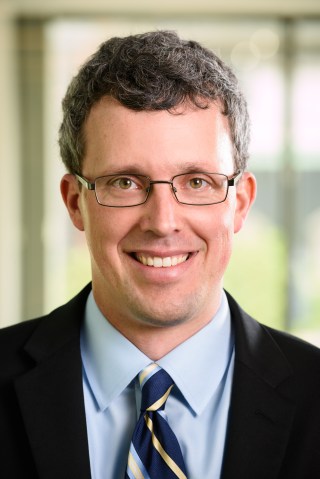
The image of a scientist in a white lab coat is a common stereotype. But from agriculture to auto repair, Americans say a wide variety of other jobs also rely on at least some science knowledge.

In a recent Pew Research Center survey, we asked U.S. adults how much they think people in 12 diverse occupations rely on an understanding of science to do their jobs.
Americans most closely associate biologists and engineers with science: 86% and 76% of adults, respectively, say these professionals rely a lot on an understanding of science to do their jobs.
Most Americans also see two occupations in health care – registered nurses and paramedics – as needing to understand science a lot to do their jobs. About seven-in-ten (69%) say this about nurses and paramedics alike.
Smaller majorities of Americans also say two other jobs we asked about require a lot of scientific understanding:
- Farmers use science in many ways, including maximizing crop yields. A majority of Americans (58%) say farmers rely a lot on an understanding of science to do their job.
- Electricians hold what’s known as a middle-skill occupation that requires some use of science. Among U.S. adults, 56% say electricians rely a lot on an understanding of science while working.
Americans have more mixed views when it comes to other occupations’ reliance on science:
- Computer programmers often draw on math and computer science knowledge. Fewer than half of Americans (42%) say these specialists rely a lot on understanding science to do their job.
- Auto mechanics use physics concepts to do their jobs. While 28% of adults think mechanics rely a lot on science to do their jobs, far more (55%) say they rely on it some.
Small shares of Americans say cooks, lawyers, guitarists and television script writers rely a lot on science. Yet sizable shares of U.S. adults say people in these professions rely on science some of the time.
Americans’ views on how much these occupations rely on science are broadly shared across demographic groups.
Note: Here are the questions used for this analysis, the topline and the survey methodology.

